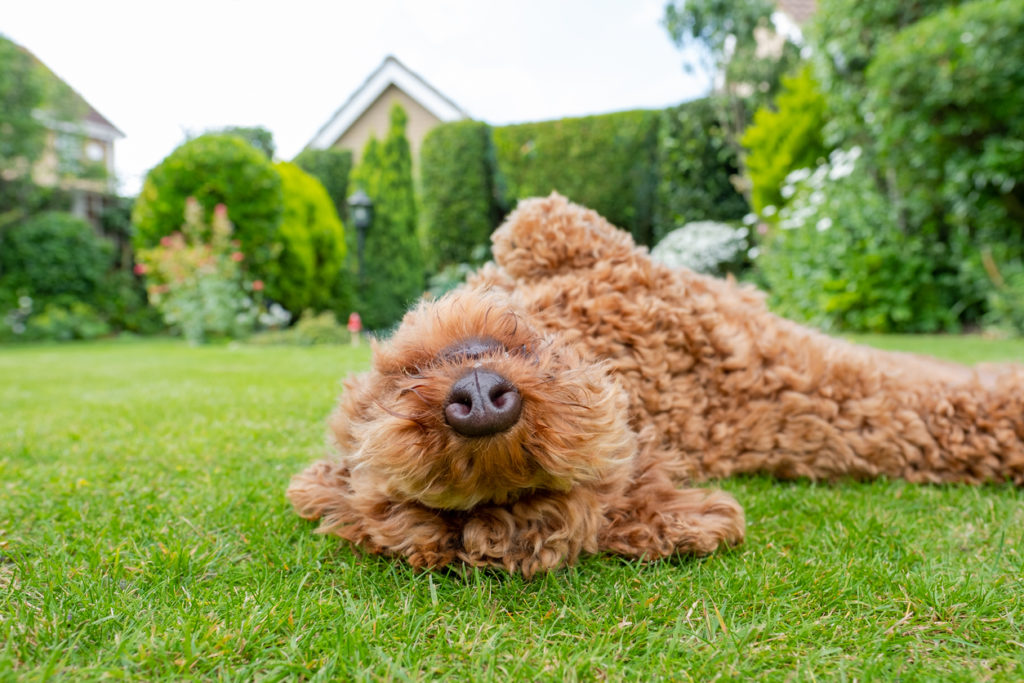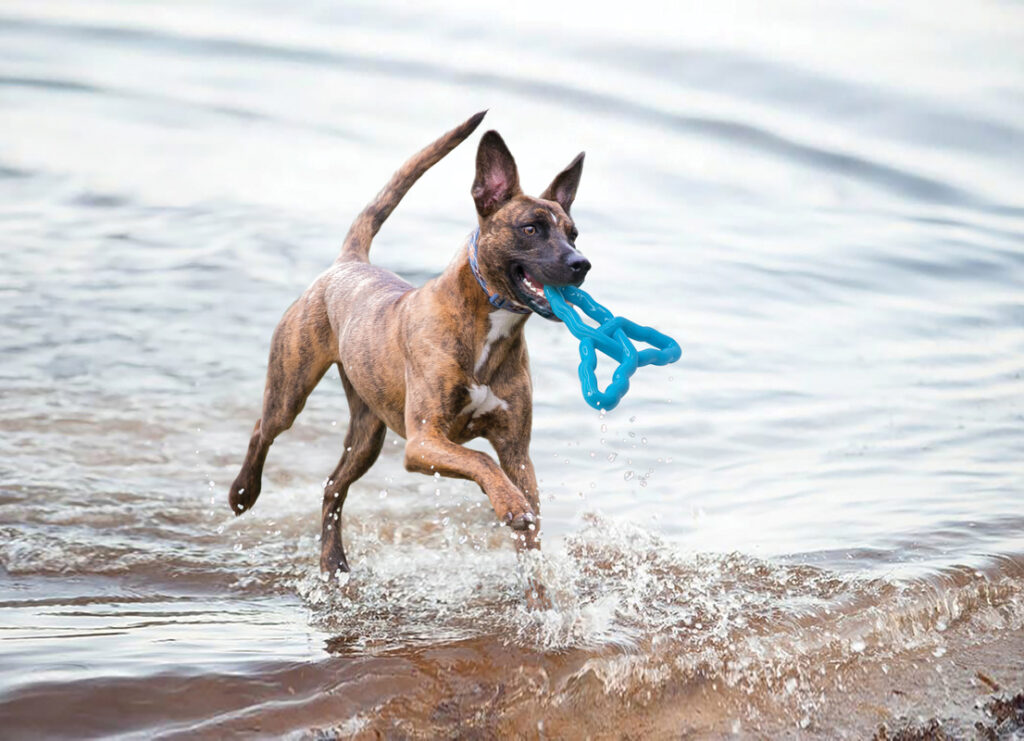Anyone who’s seen their dog be in a playful mood probably knows what the stance looks like — front legs resting on the ground, back legs up, happy panting. The downward dog position. We’ve also probably seen our dog roll over for a belly rub, paw at our legs when they want attention, and give us giant licks on the face. Without saying anything, we know exactly how our dog is feeling. But did you know there are a lot of smaller clues dogs give about their mood? If you want to understand your dog better or new dogs you meet, look for these telltale signs.
Tail
When it comes to body language, the tail is an easy one to spot. A relaxed tail wag means that you have a happy dog on your hands — although if you’ve come home from a long day at work (or even a short trip to the store) you’ve probably seen your pup’s tail wag pretty fast. Both of these cases mean they are excited and happy. What may surprise you, though, is that tail wagging doesn’t always mean your dog is happy. A real quick twitching motion could mean they’re alert and potentially stressed out.
Tail location is also important. A tail tucked between the legs usually means fear. You’ll see this a lot with feral dogs. A tail that’s up high means your dog is confident and could even be aggressive. This is the reason some dogs are threatened by dogs who have a naturally higher tail position.
Eyes
They say eyes are the window to the soul, and they definitely tell a lot about your dog’s mental state. If you can see the whites of your pup’s eyes, they may be tense or scared. Their pupils may also be dilated. But when a dog is really content, they tend to squint their eyes. Which is pretty adorable, if we do say so ourselves.
Hair
If a dog’s hair is raised, it’s usually a clear sign that a dog is upset by something. It’s best to proceed with caution if you meet a new dog with their hackles raised.
Mouth
Your dog’s mouth can also tell you a lot about how they’re feeling. If they’re panting, they’re most likely happy. However, be sure to watch for heavy panting (without exercise), which can mean they’re stressed — especially if accompanied by drooling. And if your pup is uncomfortable or upset, they’ll bare their teeth to warn a person or dog to give them space.
These are just a few of the ways you can read your furry friend’s body language. The more you bond with your dog, the easier it will be to understand their own unique forms of communication. KONG Club is a great way to keep your dog happy and grow closer to them every day.



